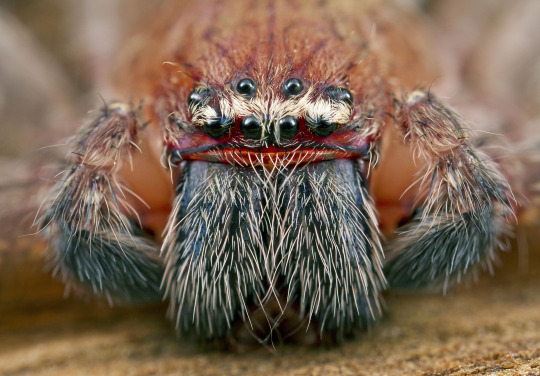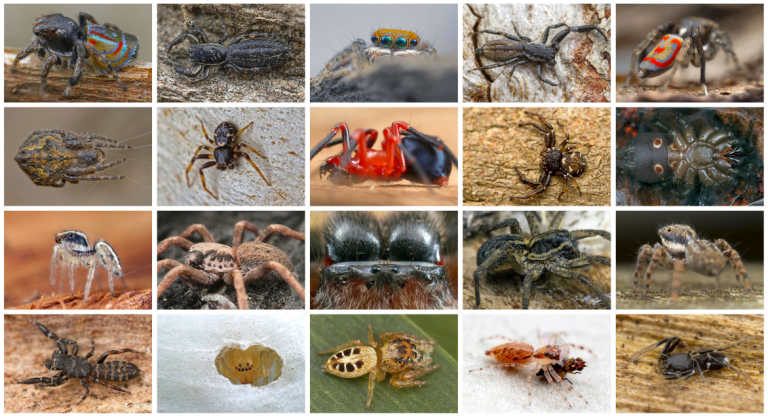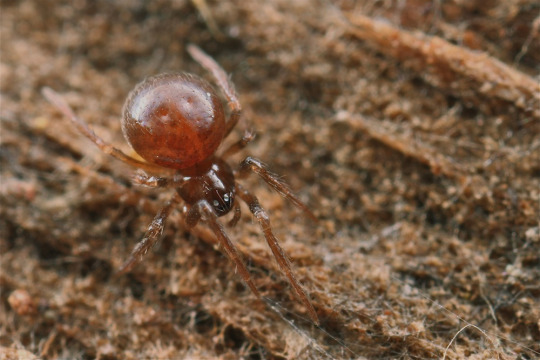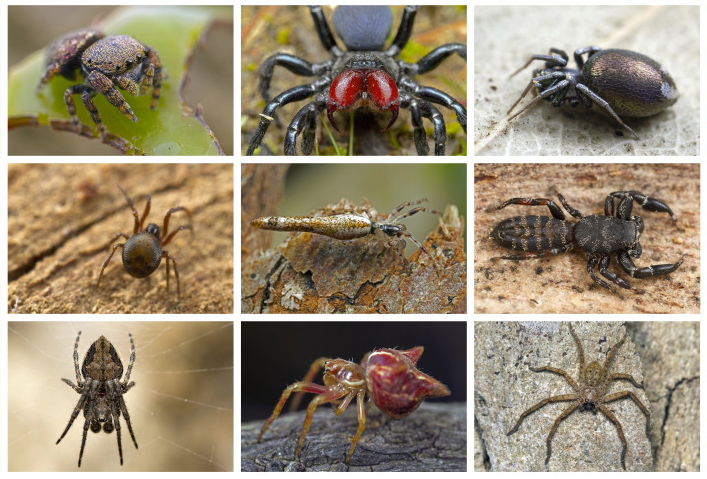Spiders divide us: there’s spider people and there’s everybody else, so here’s a test:

If you made it this far, you’re probably like me, a spider person. These days I rarely get to wear the old (retired) red-and-blue suit but I’m still a spiderman almost everyday: a novice spiderman, but a spiderman nonetheless. I’ve no time for the imbeciles who’d love to Kill ‘Em All but can understand considered phobia. Yes, some may bite and a very few rarely kill – so do dogs. Much more frequently. Much, much, more frequently. So even if your not a spiderman or a spiderwoman (or even an itsy bitsy little spiderbambino) you can perhaps reason that spiders could be just a little bit interesting. They even have eight legs. What’s not to like about that?

Whats-more, many are rather lovely. Even the creepy ones are beautiful close up (yes… even a spiderman can find some a little bit creepy). Besides, its probably hard not to be somewhat creepy when the walking that you do is done on eight legs.

I’m sure there’s many people that consider that there’s a couple of dozen or even (wow) a couple of hundred different types of spider. Brown recluse, Redback, Funnel web, Tarantula, White-tailed spider. The reality, of course, as with almost all major groups of invertebrate is that there are thousands of species, tens of thousands. Here in Australia there are well over 2000 described species and many, many more, yet to be formally described – published and given scientific names. We’ve just scratched the surface of the wonderful worldwide web of spider diversity.

If your a tad arachnophobic and you’ve made it this far, congratulations!
Now keep reading. One of the remarkable things about spiders is not just their incredible diversity but their ubiquity. They’re almost everywhere outside and in. We’re lucky here in Australia that the beautiful beasts in the first image, huntsman spiders (Sparassidae), often grace our homes. They can reach hand size and being spiders, walk up the wall and across the ceiling. Please come visit Australia!
There are spiders that live in vegetation, under bark, in homes, on flowers, on the ground, in rotten logs, leaf litter, underground in caves, and just about anywhere reasonable you can think of. Their babies often fly, or at least ride the wind on strings of silk. Me, I like the little ones, the tiny little ones that might not even get to 1 mm long (about the thickness of a couple of fingernails). Fully grown. Now that’s a spider worth knowing if you can find it. Like this one:

Just like their larger cousins these little beauties hunt. Just, instead of hunting big stuff (for a spider) they hunt little things – in the case of micro-spiders, really little things. And that means, of course, that without spiders there’d be many, many, more little things. Things like mosquitoes and other flies, like bugs, and beetles and wasps and bees. Now, although these things are fascinating too, and beetles especially (but that’s another story or two), it’s a good thing spiders are both diverse and ubiquitous.

So next time you see a spider in the garden, forest, footpath or even on you ceiling have a closer look. Consider what it might have had for dinner last night. Perhaps a couple of mosquitoes, maybe a sticky annoying fly. It’s done you a favour. Now think what it’ll eat over its spider-long life. Give it a little love. It’ll keep doing you favours. So will its cousins everywhere. Gotta love spiders. They just keep giving and we don’t even need to ask.


